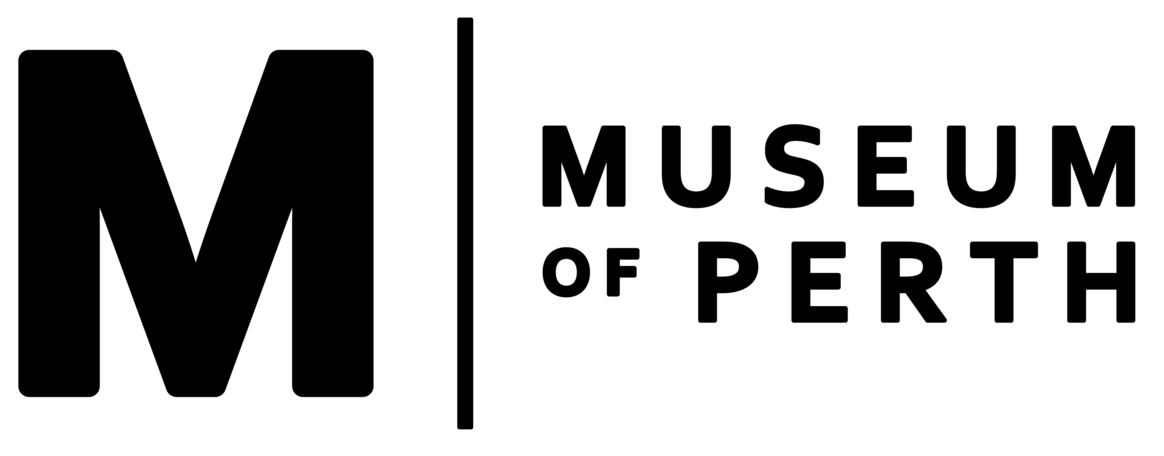Kakaroomup
Ka-ka-noo-mup / Kakkanoomup/ Ka-kanoomup
Description & Location
The name for the goorda (middle island) located between Yoondoorup and Goonagar islands and associated with the mud flats of Matta Gerup. The name derives from the Noongar word kakar (slippery) and may indicate the challenge found in crossing the mud flats.
Fanny Balbuk, a well-known Noongar historical figure who passed away in 1907 at the age of 64, worked with the ethnographer Daisy Bates, who recorded that Balbuk’s mother was born on the island. Balbuk’s wealth of knowledge on the geography of the Perth region informed much of Bates’ research in the area.
The island and its immediate surrounds provided fertile hunting and fishing grounds for Noongar people. The swamps and shallow lakes in the islands of Goonagar, Kakaroomup and Yoondoorup were home to water birds, kooya (frogs), yanjidee (edible interior of bulrushes), gilgies (freshwater crayfish), and yakan (turtles) that would have supported large numbers of Noongars. Plant bush tucker, such as the edible interior rhizome root of bulrushes, or yanjidee, filled the waterways of the Swan Coastal Plain and was collected by Noongar women using wanna (digging sticks) during the Noongar season of Djeran (April-May).
Today, it is difficult to ascertain where Kakaroomup, Goonagar and Matta Gerup end, and reclamation begins due to the progressive works and filling that resulted in a single piece of land named Heirisson Island. However, portions of the original island of Kakaroomup still exist north of the Causeway bridge.
References
Bates, D. Manuscript 365/4/175, Notebook 20, p.58.
Bates, D. Manuscript 365/4/180, Notebook 20, p.64.
Bates, D. (1909, December 25). Oldest Perth. Western Mail, p. 16. Retrieved from http://nla.gov.au/nla.news-article37401699.
Macintyre, K. & Dodson, B. (November 2017). Typha Root: An Ancient Nutritious Food in Noongar Culture. Retrieved from https://anthropologyfromtheshed.com/project/edible-roots-typha-bulrush/.
Rooney, B. (2011). Nyoongar Dictionary, New Norcia, WA: Batchelor Press, p. 22.
Perth Flats, at the eastern end of the Causeway, 1868, State Library of Western Australia, 6909B/82

